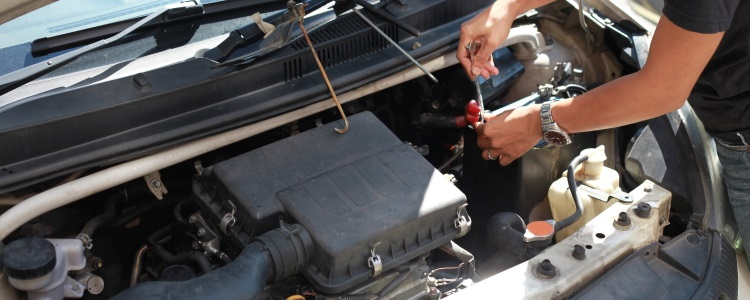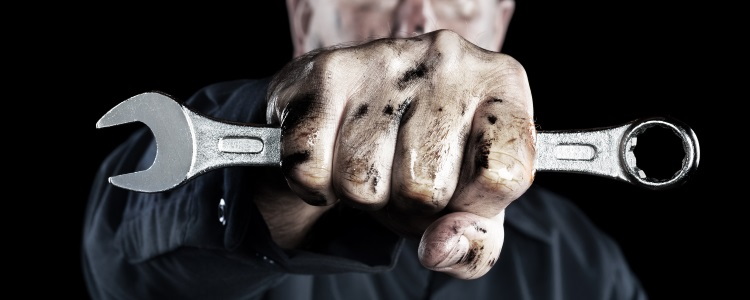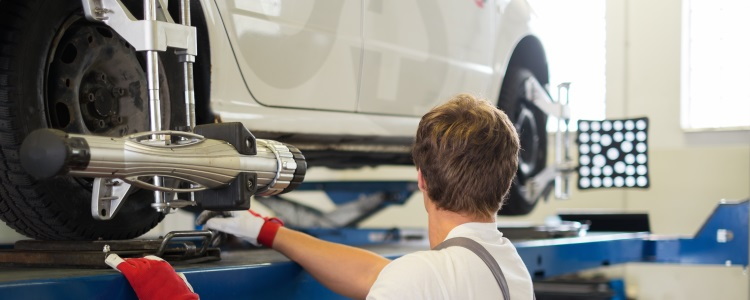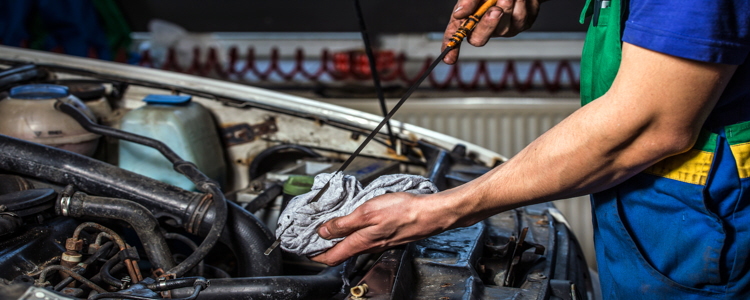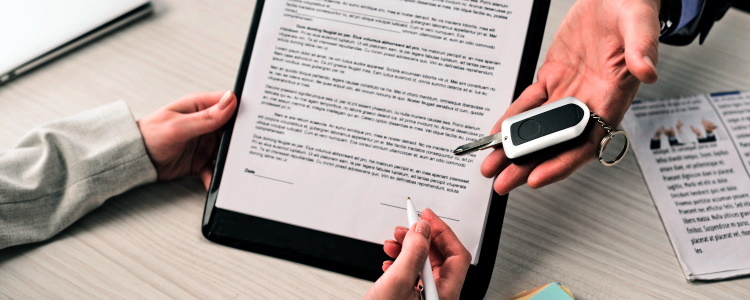All vehicles require basic car maintenance that needs to be done to perform properly. If you avoid routine maintenance, you run the risk of damage to various components and the possibility of it breaking down.
3 Car Maintenance Tips
Keeping your vehicle running and maintained isn’t cheap – it takes time and money. While regular car maintenance helps avoid unexpected repairs and can catch issues early, things happen and you may need to pay for repairs you didn't see coming to keep your vehicle running.
If you want to make sure you have the money for both routine and unexpected maintenance expenses, follow these three tips:
 Budget and save – This may seem like an obvious one, but you should start contributing to an account for car expenses as soon as possible. Ideally, you should begin before buying, but if not, it’s never too late to start budgeting and saving. A good tip is to set aside around $50 each month dedicated to cover basic maintenance, and help you build savings for any unexpected repairs or a down payment on a future vehicle.
Budget and save – This may seem like an obvious one, but you should start contributing to an account for car expenses as soon as possible. Ideally, you should begin before buying, but if not, it’s never too late to start budgeting and saving. A good tip is to set aside around $50 each month dedicated to cover basic maintenance, and help you build savings for any unexpected repairs or a down payment on a future vehicle.- Follow your car’s maintenance schedule – Make sure you’re following your vehicle manufacturer’s recommended maintenance schedule. This can be found in the owner's manual. Don’t assume that your last car’s schedule is going to work for your new one. When you follow the recommended schedule, it guarantees warranty coverage and helps avoid the possibility of an unexpected and expensive repair.
- Find a trusted mechanic or repair shop – Although you should really do this when you’re buying the vehicle, make sure you have a trusted mechanic or shop you can go to regularly and in the event you need something major fixed.
Types of Vehicle Maintenance
Just what kinds of basic car maintenance needs to be done? Well, there’s a lot. Let’s break it down by mileage:
Under 5,000 to 10,000 miles
If the vehicle is brand new or has less than 10,000 miles on the odometer, the only routine maintenance you need to worry about is rotating the tires and changing the oil and oil filter every 5,000 to 10,000 miles, depending on the car. As your vehicle starts racking up more miles, make sure you consistently keep up with changing the oil and tire rotations.
At 30,000 miles
Once the car hits 30,000 miles, you should make sure it goes through a thorough service checkup. This includes a general visual inspection of the tires, brakes, lights, hoses, etc., in addition to an oil and coolant fluid change, a tire rotation, and replacing the engine, cabin, and fuel filters.
90,000 miles and over
In addition to the same service checkup at the 30,000-mile mark, you may need to replace the transmission and brake fluid, battery, spark plugs, and timing belts.
The Bottom Line
Never stop saving. Life is unpredictable, and even if your vehicle is very reliable, it’s better to be safe than sorry. If you’ve been thinking about financing a car, and have a budget ready that includes repairs and maintenance, but worry your credit is holding you back, let Drivers Lane help.
We want to help you get connected to a local dealership that has the lending resources available. We work with special finance dealers all across the country that are experts at helping people with less than perfect credit get financed. We'll work to match you with a dealership near you if you start the process by submitting our free and secure auto loan request form.

